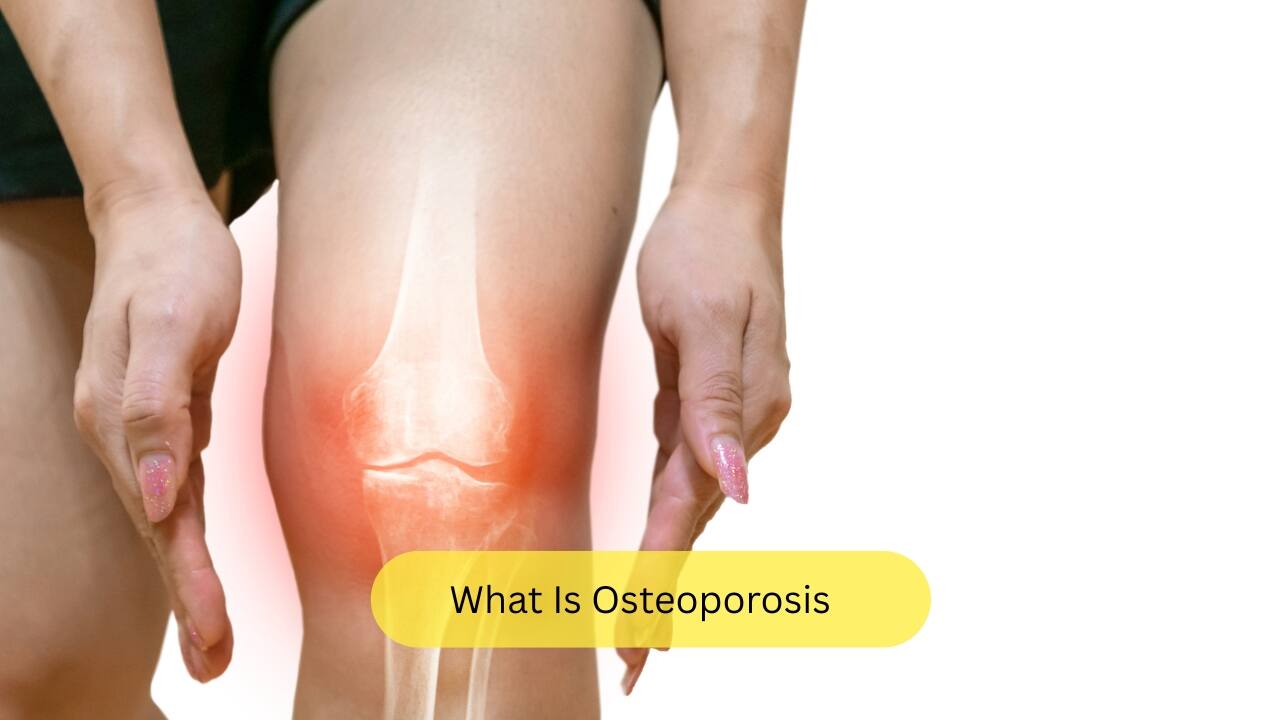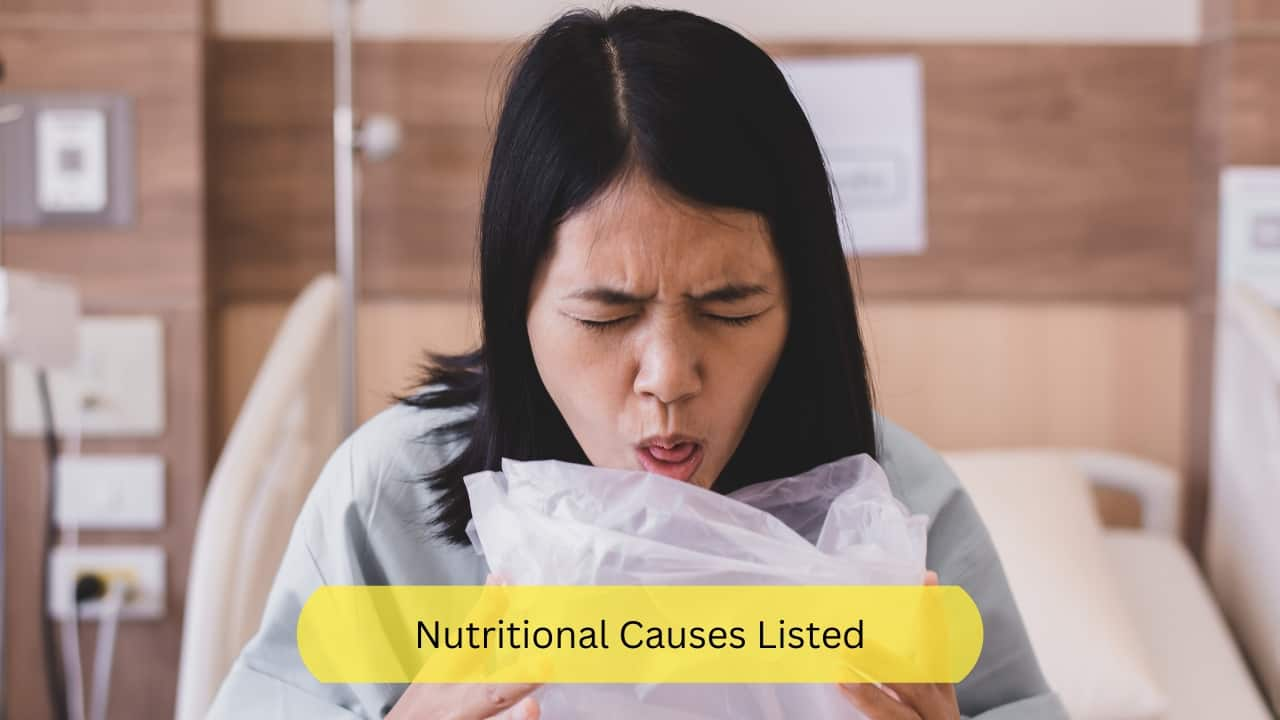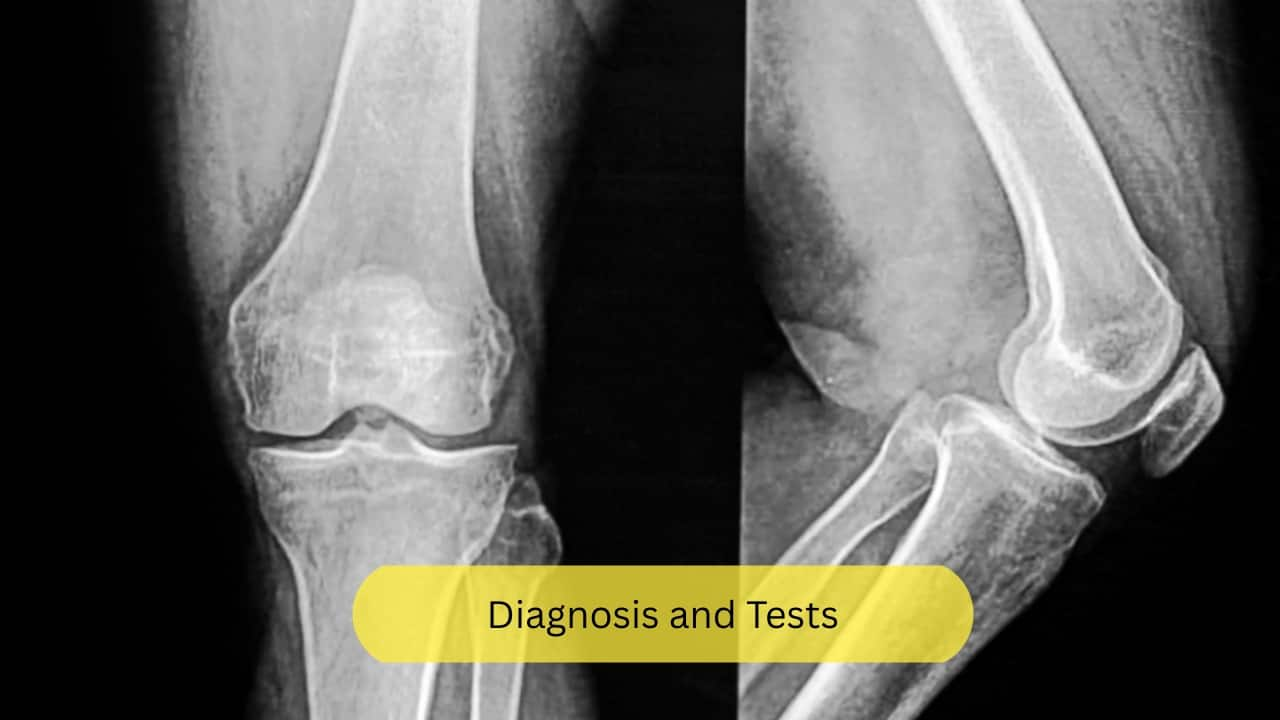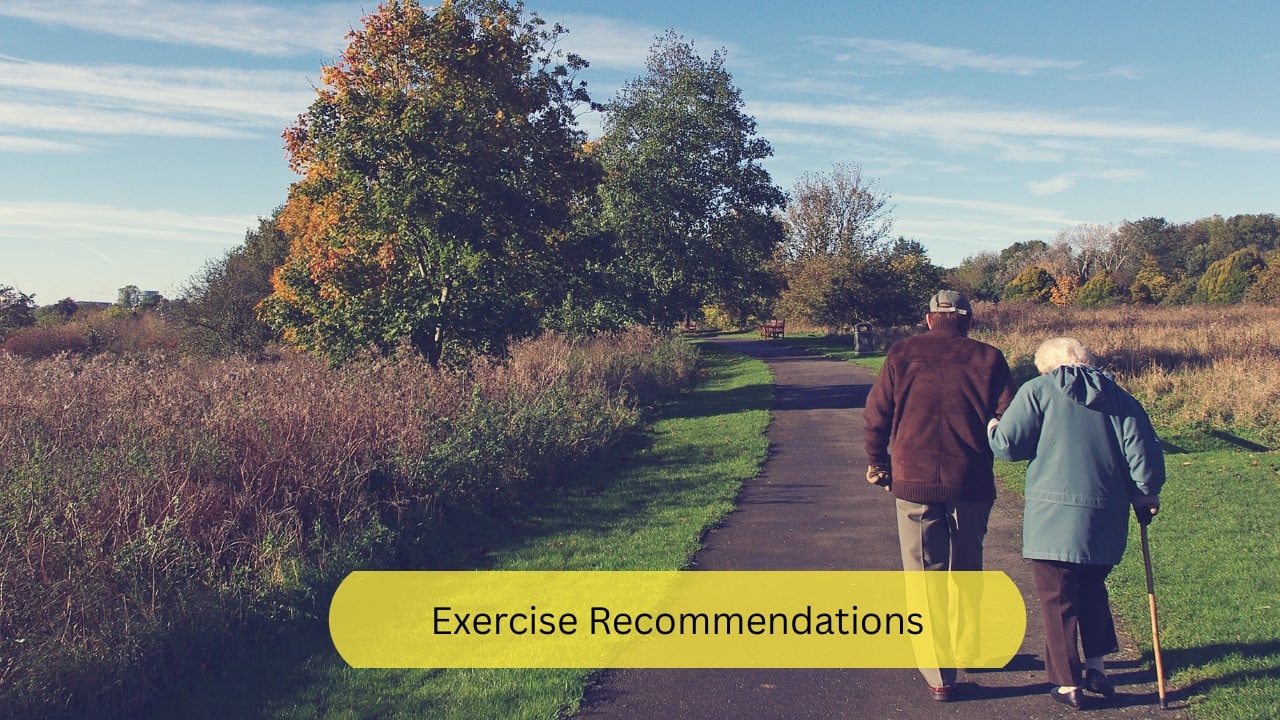10 things to know about osteoporosis: The silent bone disease
Osteoporosis weakens bones by reducing bone mass and disrupting structure, increasing fracture risk. Women, elderly, and those with hormonal or nutritional issues are most affected. It often remains silent until a fracture occurs. Diagnosis uses imaging and bone density testing. Treatment focuses on lifestyle changes, calcium intake, quitting smoking, and weight-bearing exercises.
1/10

Bone Structure Basics
The two hundred and six bones in the body form an essential component of the musculoskeletal system. They are made of both organic and inorganic components, including collagen, calcium and phosphate. The bones play a vital role in structurally supporting the body, and even producing blood cells. (Image: Canva)
The two hundred and six bones in the body form an essential component of the musculoskeletal system. They are made of both organic and inorganic components, including collagen, calcium and phosphate. The bones play a vital role in structurally supporting the body, and even producing blood cells. (Image: Canva)
2/10

What Is Osteoporosis
Osteoporosis is said to be the most common bone disorder. Characteristically, it shows low bone mass and the disorganisation of the micro-architecture of the bones. This enhances bone fragility and can lead to an increased risk of fractures. There exists an inverse relationship between bone mass density and risk of fractures in older adults. (Image: Canva)
Osteoporosis is said to be the most common bone disorder. Characteristically, it shows low bone mass and the disorganisation of the micro-architecture of the bones. This enhances bone fragility and can lead to an increased risk of fractures. There exists an inverse relationship between bone mass density and risk of fractures in older adults. (Image: Canva)
3/10

Higher Risk in Women
Women are four times more likely to have osteoporosis as compared to men. The pathology may be attributed to an increase in the breakdown of bones or decrease in bone formation. Both types of bones, long, thick ones like the femur and thin ones with a high surface area like the vertebrae can be involved in this condition. (Image: Canva)
Women are four times more likely to have osteoporosis as compared to men. The pathology may be attributed to an increase in the breakdown of bones or decrease in bone formation. Both types of bones, long, thick ones like the femur and thin ones with a high surface area like the vertebrae can be involved in this condition. (Image: Canva)
4/10

Hormonal Risk Factors
Multiple factors and causes can lead to the development of low bone density. Osteoporosis is quite common in post-menopausal women and in the elderly population. Hormonal imbalance due to conditions like type 1 diabetes mellitus, deranged levels of thyroid hormones, pituitary (master gland) tumours or increased cortisol, like in Cushing’s syndrome. (Image: Canva)
Multiple factors and causes can lead to the development of low bone density. Osteoporosis is quite common in post-menopausal women and in the elderly population. Hormonal imbalance due to conditions like type 1 diabetes mellitus, deranged levels of thyroid hormones, pituitary (master gland) tumours or increased cortisol, like in Cushing’s syndrome. (Image: Canva)
5/10

Other Medical Conditions
States with hypogonadism can also cause osteoporosis, namely Turner’s syndrome, Klinefelter’s syndrome, and premature or primary ovarian failure. Anorexia nervosa, an eating disorder that causes affected individuals to obsess over their weight and their diet leading to bouts of vomiting, can also cause osteoporosis. (Image: Canva)
States with hypogonadism can also cause osteoporosis, namely Turner’s syndrome, Klinefelter’s syndrome, and premature or primary ovarian failure. Anorexia nervosa, an eating disorder that causes affected individuals to obsess over their weight and their diet leading to bouts of vomiting, can also cause osteoporosis. (Image: Canva)
6/10

Nutritional Causes Listed
There are a number of nutritional or gastrointestinal reasons that can also affect bone density in the body. These include pernicious anaemia (vitamin B12 deficiency), malabsorption syndromes or malnutrition. Deficiencies like that of vitamin C or D can also lead to osteoporosis. In people who are obtaining their nutrition through intravenous fluids (like after a surgery), can also develop this condition. (Image: Canva)
There are a number of nutritional or gastrointestinal reasons that can also affect bone density in the body. These include pernicious anaemia (vitamin B12 deficiency), malabsorption syndromes or malnutrition. Deficiencies like that of vitamin C or D can also lead to osteoporosis. In people who are obtaining their nutrition through intravenous fluids (like after a surgery), can also develop this condition. (Image: Canva)
7/10

Fracture Risk Increases
While osteoporosis is clinically silent most of the time, it certainly increases the risk of fractures. The elderly often suffer fragility fractures because of this, that is, even a mechanical force that would not ordinarily result in a discontinuity in the bone can result in a fracture. Sudden spine pain due to vertebral fractures, and hip and wrist fractures are commonly seen. (Image: Canva)
While osteoporosis is clinically silent most of the time, it certainly increases the risk of fractures. The elderly often suffer fragility fractures because of this, that is, even a mechanical force that would not ordinarily result in a discontinuity in the bone can result in a fracture. Sudden spine pain due to vertebral fractures, and hip and wrist fractures are commonly seen. (Image: Canva)
8/10

Diagnosis and Tests
A plain X-ray is useful in identifying a fracture, and a CT or an MRI may help detect the same. However, radiography may not be able to adequately detect this disease in its early stages. Bone Mineral Density measures the mineral content of bones like calcium, potassium, manganese, and other minerals. This can aid in diagnosis. (Image: Canva)
A plain X-ray is useful in identifying a fracture, and a CT or an MRI may help detect the same. However, radiography may not be able to adequately detect this disease in its early stages. Bone Mineral Density measures the mineral content of bones like calcium, potassium, manganese, and other minerals. This can aid in diagnosis. (Image: Canva)
9/10

Treatment and Lifestyle
The treatment for osteoporosis is mainly aimed at reducing the risk of fractures. Lifestyle changes must be made to manage this condition, like consuming enough amount of calcium through food (or supplements if prescribed). Smoking must be stopped and one may be encouraged to use gums, nicotine patches and therapy to help quit smoking. (Image: Canva)
The treatment for osteoporosis is mainly aimed at reducing the risk of fractures. Lifestyle changes must be made to manage this condition, like consuming enough amount of calcium through food (or supplements if prescribed). Smoking must be stopped and one may be encouraged to use gums, nicotine patches and therapy to help quit smoking. (Image: Canva)
10/10

Exercise Recommendations
Weight bearing exercises should be added to the treatment plan, like brisk walking, running, jumping rope or even hiking. Strength training by lifting weights, or calisthenics using one’s own body weight or a resistance band can also help. Yoga may also be suggested for weight bearing and strength training. (Image: Canva)
Disclaimer: This article, including health and fitness advice, only provides generic information. Don’t treat it as a substitute for qualified medical opinion. Always consult a specialist for specific health diagnosis
Weight bearing exercises should be added to the treatment plan, like brisk walking, running, jumping rope or even hiking. Strength training by lifting weights, or calisthenics using one’s own body weight or a resistance band can also help. Yoga may also be suggested for weight bearing and strength training. (Image: Canva)
Disclaimer: This article, including health and fitness advice, only provides generic information. Don’t treat it as a substitute for qualified medical opinion. Always consult a specialist for specific health diagnosis
Discover the latest Business News, Budget 2025 News, Sensex, and Nifty updates. Obtain Personal Finance insights, tax queries, and expert opinions on Moneycontrol or download the Moneycontrol App to stay updated!





